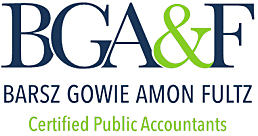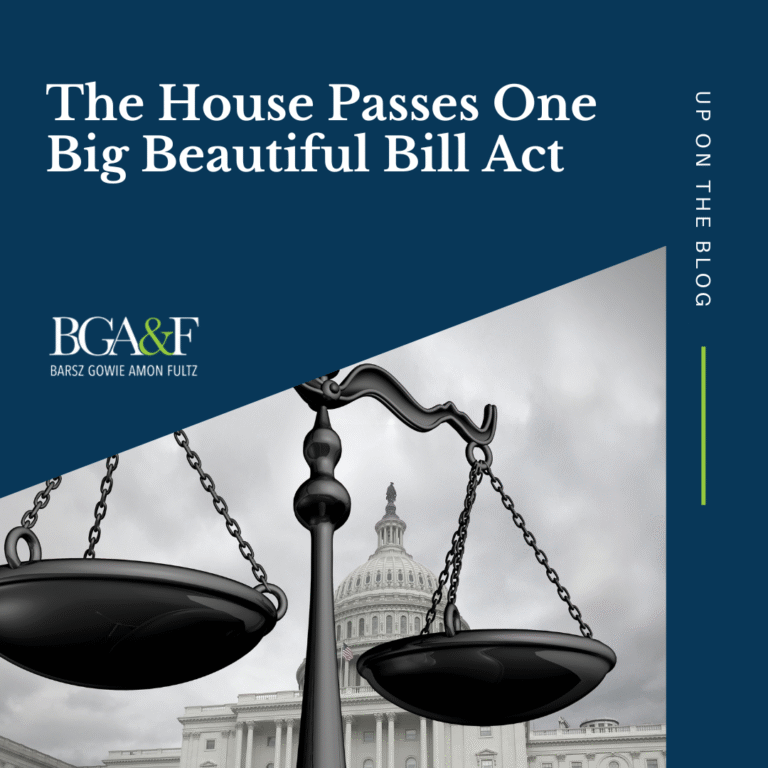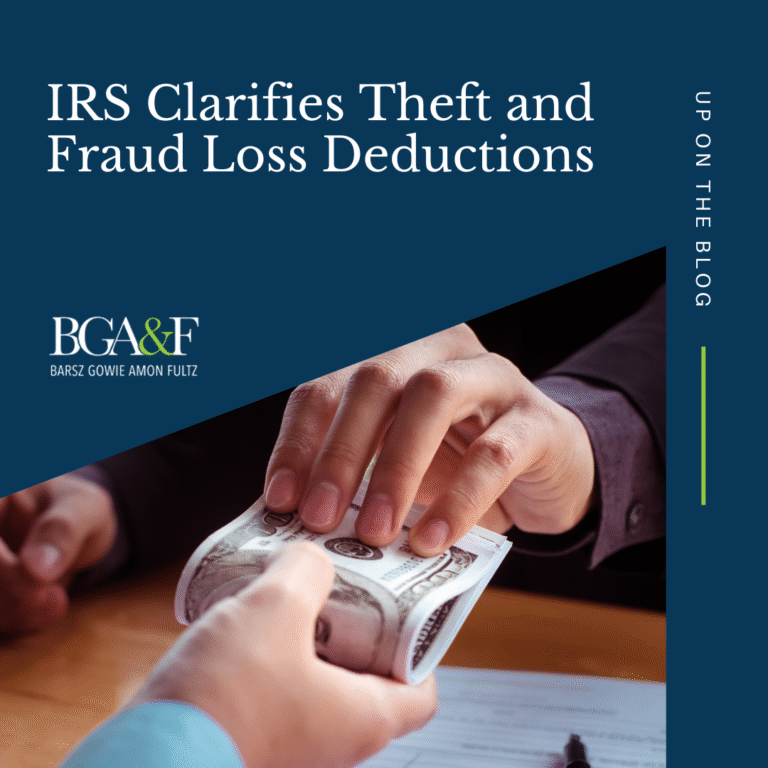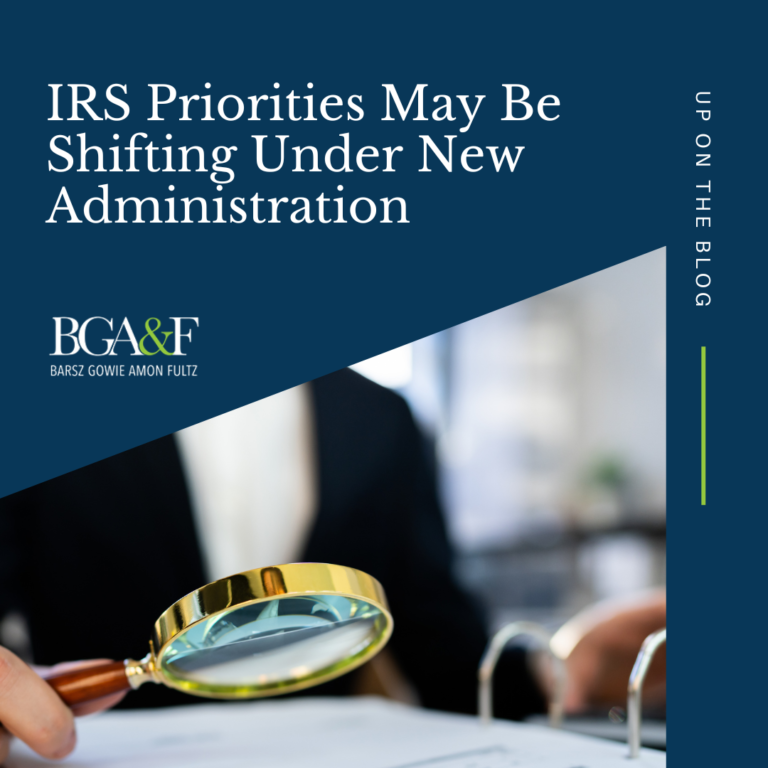The Employee Retention Credit was introduced as a relief measure to help businesses retain employees during the COVID-19 pandemic. However, the program faced numerous challenges, including a high volume of claims and widespread fraudulent and erroneous filings. These issues prompted the Internal Revenue Service (IRS) to implement a processing moratorium in September 2023.
Since then, the IRS has conducted a comprehensive review to determine how to handle the Employee Retention Credit claims made before the moratorium. Their latest news release outlines their approach to handling the backlog of claims.
Review and Identification of High-Risk Claims
During the review, the IRS categorized the claims into three risk levels: high-risk, unacceptable level of risk, and low-risk.
The analysis revealed that 10% to 20% of the claims are classified as high-risk, showing clear signs of error. These high-risk claims will be denied in the upcoming weeks.
Enhanced Scrutiny of Medium-Risk Claims
The IRS has also identified a significant portion of claims, estimated between 60% and 70%, showing an unacceptable risk level. These claims will undergo additional scrutiny to verify their accuracy to avoid improper payouts. As a result, most claims will be subject to this extended review process, which may delay processing and notifications.
Processing and Payment Timeline of Low-Risk Claims
The IRS recognizes that many small businesses are still waiting on legitimate Employee Retention Credit claims. Approximately 10-20% of these claims are considered low-risk, showing no signs of ineligibility.
On August 15th, the IRS identified 50,000 valid ERC claims. Priority will be given to the oldest claims, and the IRS will adjust any claims with calculation errors before payment.
The IRS has emphasized that no claims submitted during the moratorium period will be processed at this time. Additionally, no information has been provided on when and if these claims will be processed.
Employee Retention Credit Withdrawal Program
The IRS continues to promote the special Employee Retention Credit Withdrawal Program, especially in light of the large number of questionable claims revealed by the recent review. If you submitted an Employee Retention Credit claim in the past but believe you were ineligible for the credit, you can withdraw your claim if it has not been processed yet or if you haven’t cashed or deposited any ERC checks received. The IRS will treat the claim as though it was never filed, with no interest or penalties applied. This includes any claim submitted on your behalf by a third party.
Compliance and Advisory Measures
The IRS cautions taxpayers who filed Employee Retention Credit claims that the process will take time. If you believe you have a legitimate claim, you do not need to take any action and should wait for further notification from the IRS. The agency also advises against calling IRS toll-free lines, as additional information on these claims is generally unavailable while processing continues.
The Employee Retention Credit Withdrawal Program remains a viable option for those who suspect they may have submitted an ineligible claim. The IRS urges taxpayers with pending claims to review the guideline checklist and consult a trusted tax professional to review eligibility requirements.




